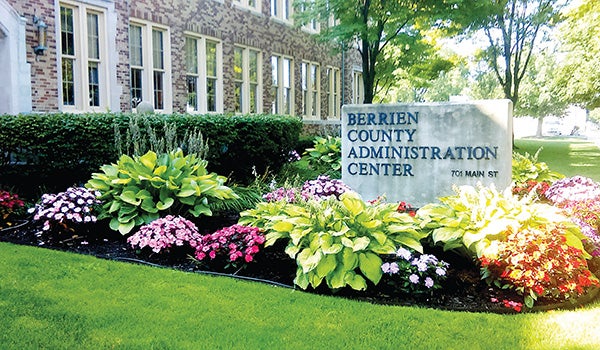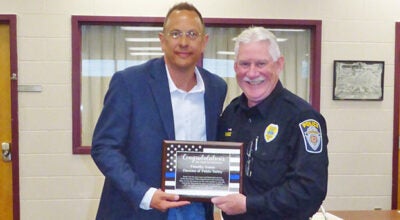Berrien County encouraged to use opioid settlement funds to address drug-related deaths
Published 10:00 am Friday, September 29, 2023
|
Getting your Trinity Audio player ready...
|
ST. JOSEPH – A week after Berrien County Commissioners heard about plans to spend $8 million from a national opioid settlement, commissioners heard Thursday about exactly why that money is needed.
Dr. Joyce deJong is the head of Western Michigan University’s Department of Pathology which provides medical examiner services for 12 Michigan counties including Berrien County. She gave the 2022 annual medical examiner report to commissioners Thursday.
She said there was both good and bad news for Berrien County in the 2022 report. While the number of deaths in the county have remained high since the pandemic, she said there’s been a significant decline in motor vehicle related fatalities, going from 21 in 2021 to just nine in 2022.
The bad news came not only in the higher than normal number of overall deaths but also the number of drug related deaths.
“We have seen a significant increase in drug fatalities, from 36 in 2021 to 50 in 2022,” she said. “That’s a fairly large increase. There were also seven other fatalities, six were suicides and one was indeterminate.”
She said 43 of the 2022 drug related deaths in the county involved fentanyl. She noted that her office has seen a few drug related deaths involving heroin, cocaine or meth but much less than in past years.
“My hunch is that the fentanyl deaths will be staying high,” she said. “It’s a serious problem, a critical problem. With the monies you have coming in with the settlement, you should look at mechanisms to address and treat this problem.”
“To me, it’s a public health issue, I don’t think we can arrest our way out of it,” she added. “You can arrest those who are distributing the drugs but some communities that have done better have started different initiatives to prevent drug use.”
When asked by Commissioner Chokwe Pitchford about any correlation between the monies put into treatment and deterrence and actual reductions in deaths, deJong said that prevention is a really significant piece of addressing the problem. “It’s good to treat the addiction but it’s a difficult disease to treat,” she said.
She praised officials for starting the Medically Assisted Treatment program in the Berrien County Jail. Berrien County Undersheriff Chuck Heit reported in August that the county is contracting with a Michigan company to pilot a MAT program to provide services to jail inmates at a cost of $180,000 for one year.
She said that type of program could be very helpful in combatting the drug problem in the county.
“We see people who are using before they go to jail and then go back to using after they get out, but their tolerance for the drug is gone,” she said. “… If people are not regular users and have no tolerance, they can succumb to it.”
DeJong was asked whether the drug deaths were attributed to fentanyl alone or a mix of drugs. She said the fentanyl is almost always found with another drug whether it’s meth, heroin, cocaine or even alcohol. She said Kalamazoo saw six drug overdose deaths in one day with some apparently buying meth or cocaine laced with fentanyl.
As for how people take the fentanyl, she said it could be by pill, syringe, pipes or snorting. She added that while some teens and young adults are using fentanyl, most appear to be in the thirties, forties and fifties. Most are also either white or black, with few Hispanics using it.
DeJong also gave statistics about homicides in the county. The number of homicides rose from eight in both 2019 and 2020 to 13 in 2021 and 18 in 2022.
County Administrator Brian Dissette asked commissioners to consider both the data presented by deJong and the recommendations made earlier by the county’s opioid settlement taskforce.
“You will be looking through this data which is fairly bleak,” he said. “You can see that continued inaction will have consequences and the numbers will climb.”
He said his goal is to get the process underway soon to decide what programs to fund with the opioid settlement monies and to send out requests for proposals. He would like to have the request for proposals readied, sent out and considered so that the funds can be awarded in the first part of 2024.
In action at Thursday’s county board meeting, commissioners approved a multi-county memorandum of understanding for emergency response, applying to participate in the state blight elimination program to fund the land bank, applying for an outdoor dog kennel grant and accepting state “Raise the Age” grant funding.







